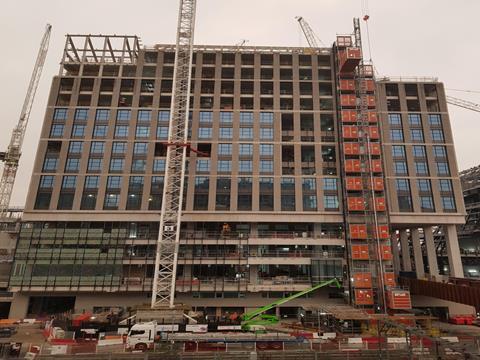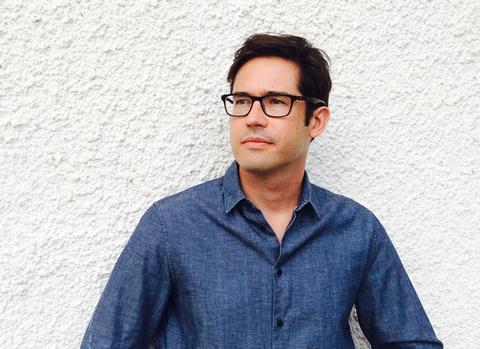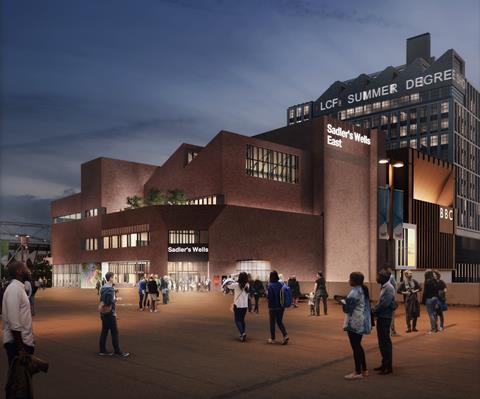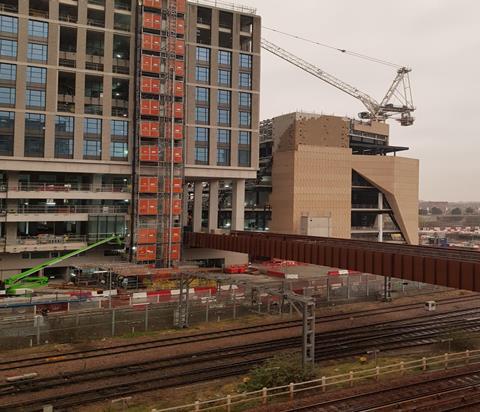A desire to ensure a lasting cultural legacy after 2012 does little to support a levelling-up agenda and now looks like an increasingly questionable initiative, writes Ben Flatman

A massive new arts quarter is emerging between some busy railway lines and the Waterworks River in east London. Some hefty British cultural and educational institutions including the V&A, the BBC and Sadler’s Wells are anchoring the development branded “East Bank”.
The total budget for the whole site, which includes residential elements, is around £1.1bn.

The idea behind East Bank grew out of a desire to ensure there was a lasting cultural “legacy” from the 2012 Olympics for the surrounding communities. While the intentions are commendable, a growing awareness of the disparities between London and the rest of the UK makes the underlying premise and execution look increasingly questionable.
Envisaged as a blend of South Ken meets the South Bank, East Bank could also be seen as a metaphorical two fingers to the rest of the country’s cultural sector. Just at the moment when the government is waking up to the structural disparities between the south-east of England and much of the rest of the UK, London gets not one new prestige cultural building, but an entire wannabe arts quarter.
This is against a context in which London has for decades been getting the lion’s share of per capita central government arts funding. As recently as 2019, by some measures London was receiving £24 per head of Art Council England funding, compared with £8 outside the capital.
This is not to say that east London does not deserve investment. And Stratford is as deserving as many other places in the UK. But most of the rest of the country does not already live within a short Tube ride of these same top arts and cultural institution’s existing central London locations.
It begs the question of whether building expensive outposts of these same institutions just a few miles further east in London is an appropriate response to the wider demands for funding across the country.

This is not a new issue. The 2013 report Rebalancing Our Cultural Capital argued that “excessive dominance of London in national cultural life [is] unhealthy for the capital itself and for the nation”. One of the underlying arguments in the report, which has been made repeatedly since at least the 1960s, is that the concentration of arts funding in London creates a destructive London-centric gravity.
This self-perpetuating pattern – where London-centric funding helps to ensure that those who aspire to work in the arts are compelled to come to the capital – means that other cities and regions are destined to see a constant drain in terms of resources and talent. The London arts establishment’s response has been to plough money into East Bank.
Meanwhile, a toxic mix of covid-19 and Brexit has only exacerbated the disparity between London and much of the rest of the UK. Far from levelling up, Britain is currently experiencing even greater signs of regional divergence.
Covid in particular has knocked the cultural sector across the country. Many grassroots arts organisations – ones that are actually grounded in their local communities – are struggling with the everyday funding they need to survive.
The marketing and publicity for East Bank is predicated on the idea that it will provide opportunities and jobs for local people. This may well turn out to be true, although whether these will be for existing locals or incomers drawn by the new cultural jobs and opportunities is still to be seen.
Nearby Hackney has long been a hotbed of gentrification as the aspirational offspring of west Londoners looked east across the capital for more affordable accommodation.
It is also hard to ignore the sense that East Bank looks a lot like a ready-made cultural offer designed to attract exactly the same kind of people who were already making this eastward shift over the past few decades. Is this then an example of levelling up east London, or a fairly straightforward case of cultural gentrification, with seemingly little or no reference to Stratford’s existing culture and community?
The topography and character of East Bank – essentially a long “island” site between the river and railway – lends the whole scheme a physical remoteness that reinforces the sense that this is not something that has grown organically from the surrounding area.

It will be interesting to see whether the idea of parachuting in these prestige “global cultural brands” as outposts of elite cultural practice will work as intended. Were there not existing east London institutions that might have benefited from the investment now being lavished on this site? Is there in actual fact anything about East Bank that is derived from the local context or community?
At the very least, the levelling up agenda leaves East Bank looking like a relic of a bygone era, where cultural investment was unquestioningly funnelled into the capital. The government seems to have realised this, and recently announced a renewed effort to get more arts funding to other parts of the country.
But, if the question “what does UK arts need?” was ever asked before the start of this project, the answer seems to have been an emphatic “more of what London already has”.
















4 Readers' comments